The term “Predictive Analytics in Data Science” refers to analytical and statistical methods that help forecast future developments, occurrences, and behaviour on a range of subjects. Data about a particular audience or subject is gathered using techniques like data mining. After that, a future prediction model was developed using this data.
When attempting to identify the best courses of action for a variety of goals, such as corporate expansion, epidemiological trajectories, economic forecasts, etc., predictive analytics is especially helpful. We can lessen the likelihood of unfavourable events if we can forecast the behaviours of different elements in the environment. You can check out our online course for data science to learn more.
You should also know what Prescriptive Analytics means. The application of prescriptive analytics facilitates the quantitative examination of decision-making. Here, the emphasis is on obtaining practical insights into the expected consequences of future actions based on a range of potential outcomes. The possibilities that prescriptive analytic models yield allow users to more precisely and accurately plan their next course of action. The main focus of prescriptive analytics is “What’s the best course of action?”
Among the prescriptive analytics tools are Alteryx, R, Python, KNIME, and RapidMiner, to name a few.
Process of Predictive Analytics Data Science
Predictive analytics follows a standard procedure, but the “what” of the data determines the many applications of data analytics methodologies. The process of predictive analytics is what is meant by this. The five distinct steps of the predictive analytics process are: planning, collecting, data analysis and statistical analysis, building the model, and model monitoring.
Plan
Developing a goal is the first step in the process because it’s difficult to do anything without one. Now is the moment to formulate your inquiries and identify the outcomes you hope to forecast. Make a plan for the techniques you will employ. Establishment of definitions for high-quality data components. How are you going to measure this? What are your data sources?
Sometimes you need to explore the existing facts more before developing your inquiries. It’s actually not an unusual occurrence. You might include exploratory data analysis (EDA) as a first step in your approach to construct a predictive model. After you finish an EDA, you still need to have a plan for your goals.
Collect
The process of gathering your data is known as the collecting phase. Here’s where all that preparation comes into play. Whether your data is from an external source, an internal organisation survey, or both, use your planned procedures to retrieve it.
Understanding the kind of data you’ll be concentrating on is also crucial. Are you looking for quality, quantity, or a combination of the two? Do you gather data that is qualitative, quantitative, or both? To prevent obstacles, be sure you are looking at the correct kind of data, as it is crucial to know what you are looking for.
Data Analysis and Statistical Analysis
After gathering data, you must now sort it and identify the information that will be most helpful to you. You will clean the data and carry out a quality check at this phase. There are several reasons why quality control and data purification are crucial. Are there any null or missing values? What will you do with these principles? There are numerous methods.
Data relevance is also checked while cleaning. In the event that any of your data is erroneous, corrupted, or duplicated, make sure it is formatted correctly. If at all feasible, you should take the time to amend your data. If not, you should weigh the possibility of eliminating erroneous or pointless data to ensure your outcome is unaffected.
In statistical analysis, assumptions are quantitatively tested and validated using the right statistical techniques.
Build the Model
You should know by now which of the many impact factors you identified and analysed best fits the predictive model. Your predictive model will be developed, tested, and validated during the model construction stage.
Classification, clustering, and time series are a few types of predictive models. Predictive analytics uses machine learning techniques like Random Forest, K-Nearest Neighbors (KNN), and Logistic Regression.
Deploy the Model
You will put the model into production once your validation and testing are completed. This means that the model will be raised and moved for wider access wherever it is intended to “live” in a large company setting.
An organisation might choose to add the outcomes of the predictive analysis to an internal dashboard, for instance. It might be necessary to do this by integrating the prediction model into the IT infrastructure’s analytics layer, where internal stakeholders can use an API to access the result.
Monitor the Model
Models deteriorate over time. You ought to have made sure that a continuous monitoring component was included in the original strategy for the predictive analytics process. Key performance indicators (KPIs) or threshold metrics must be in place. As the performance varies, you can create and use automatic model performance metrics to get warnings and reminders.
You eventually may have to update or retire the model. This is to be anticipated. The rate of degradation of a model over time is a good guideline for model monitoring. The likelihood that the model contains errors increases with the rate of degradation.
Importance of Predictive Analytics
Without a doubt, an organisation’s efficiency is greatly enhanced by its ability to collect data, spot patterns, and make predictions. It is vital to be able to accurately predict supply vs. demand ebbs and flows because of the intricate interconnection of our vital supply networks.
More data is available to us now than it has ever been. Skilled and competent analysts are needed by businesses of all kinds to assist in gathering, analysing, and disseminating conclusions drawn from data.
Conclusion To learn more about Predictive Analytics, check out the best online training for data science.
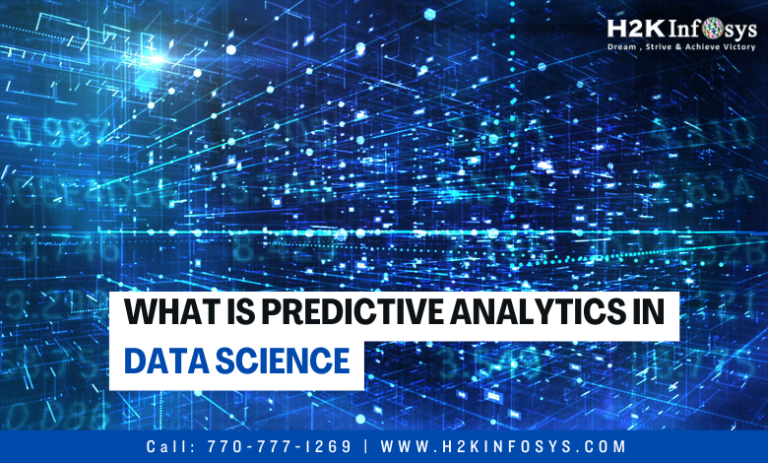








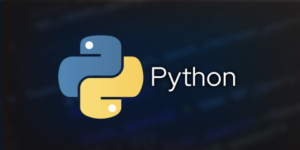
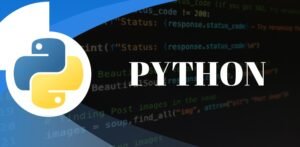
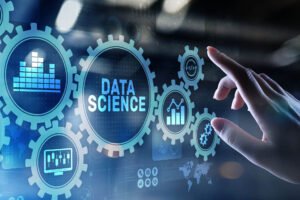
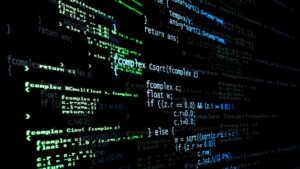

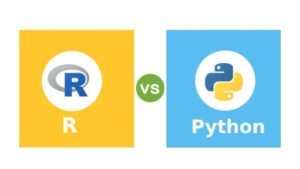


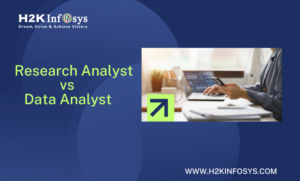












One Response